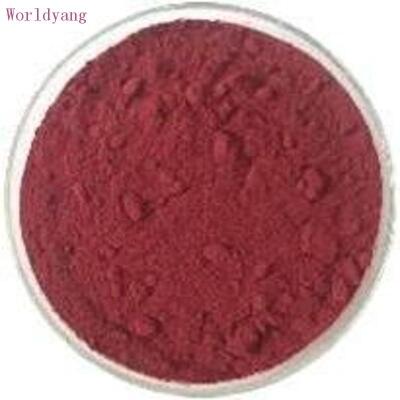-
Categories
-
Pharmaceutical Intermediates
-
Active Pharmaceutical Ingredients
-
Food Additives
- Industrial Coatings
- Agrochemicals
- Dyes and Pigments
- Surfactant
- Flavors and Fragrances
- Chemical Reagents
- Catalyst and Auxiliary
- Natural Products
- Inorganic Chemistry
-
Organic Chemistry
-
Biochemical Engineering
- Analytical Chemistry
-
Cosmetic Ingredient
- Water Treatment Chemical
-
Pharmaceutical Intermediates
Promotion
ECHEMI Mall
Wholesale
Weekly Price
Exhibition
News
-
Trade Service
I believe that many people have heard of heat treatment more or less, but for non-professionals, what heat treatment is and what effects it has on metal materials may not be very clear
.
Heat treatment refers to a metal thermal processing technology in which materials are heated, insulated and cooled to obtain the expected structure and performance in the solid state.
It is mainly divided into three categories: surface heat treatment, overall heat treatment and chemical heat treatment
.
Simply understand that heat treatment is a processing technology, the purpose is to obtain the desired structure and performance
Since it is a processing technology, it needs certain means to achieve, they are the "four fires" commonly known in the industry: annealing, normalizing, quenching, and tempering
.
.
The annealing temperature is generally between Ac1 (PSK line in the phase diagram)-Ac3 (GS line in the phase diagram)
Theoretically, normalizing or quenching will not reduce the carbon content in the sample, but many customers actually encountered the reaction that the carbon content decreased a lot after quenching.







